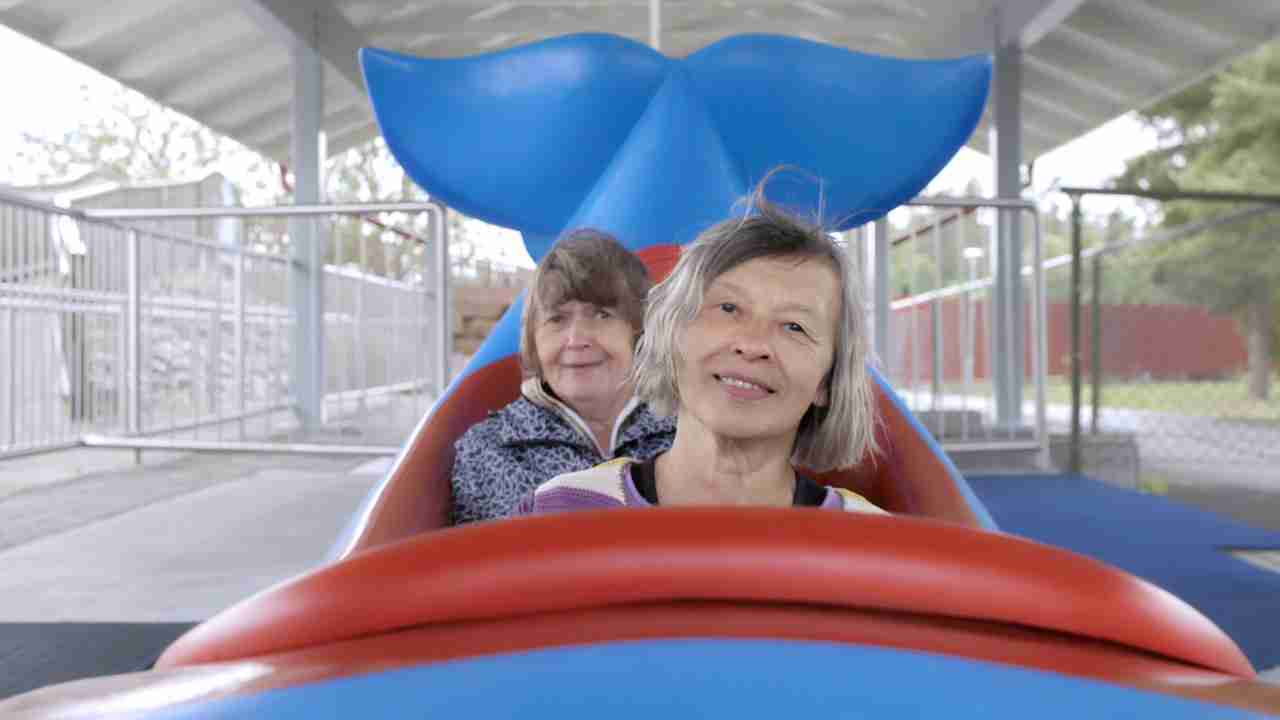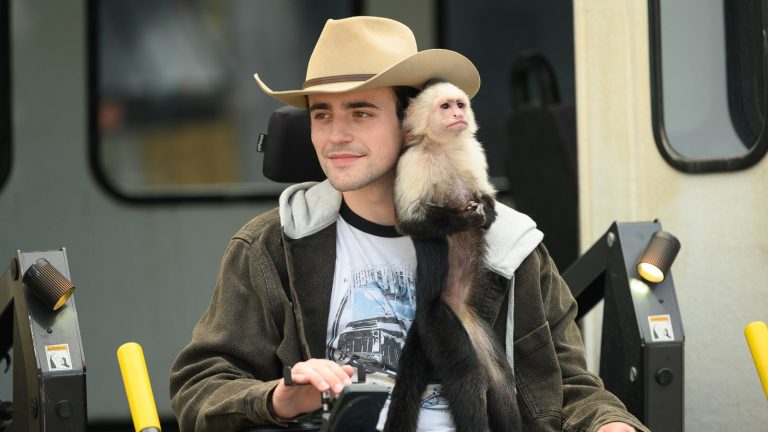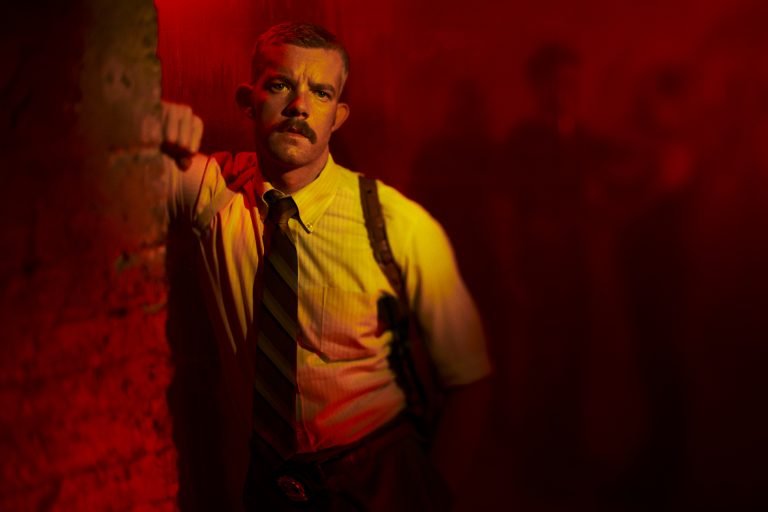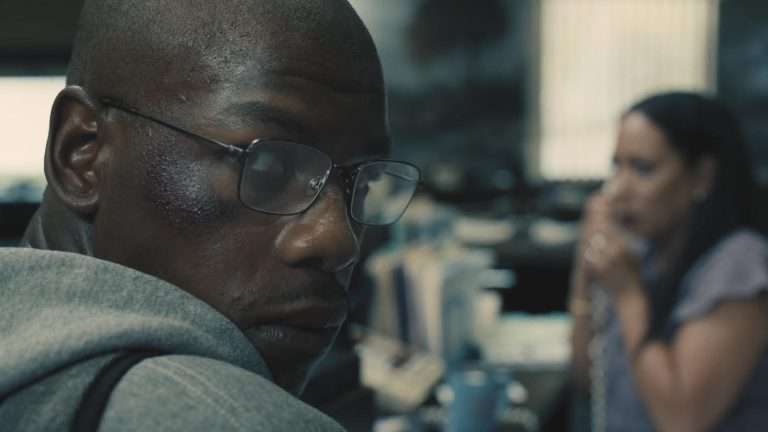The Gullspang Miracle (2023) ‘Tribeca’ Review: While gradually losing myself in Maria Fredriksson’s ‘stranger than fiction’ documentary premise of The Gullspang Miracle (2023), I was reminded of a similar riveting examination of loss, memory, and deception – Sarah Polley’s Stories We Tell (2012). In that documentary, the Canadian actor/director Sarah Polley uses the camera to explore the memories of herself and her family members to craft a portrait of her enigmatic, long-deceased mother. What begins as an elegiac family drama transforms into a profound and playful look at the elusive nature of memories and individual perception. Moreover, it raised pertinent questions about subjectivity in the documentary – a medium that is often attested to be closer to reality and truth.
The Gullspang Miracle is a genre-bending documentary like Polley’s Stories We Tell, although this isn’t a deeply personal story for director Maria Fredriksson. She is brought in with the promise of documenting a strange tale of coincidences, equipped with a happy ending. But The Gullspang Miracle perhaps offers more than she bargained for. And the more the documentarian and her crew look for the truth, the more unbelievable and deceptive the tale becomes. In fact, the presence of a camera obfuscates the truth rather than doing the opposite.
The documentary opens with a light-hearted re-enactment of the miracle the devout elderly sisters were subjected to in the small Swedish town of Gullspang. A series of fascinating coincidences come across as divine for the sisters, Kari and May. It all started with an accident on a roller-coaster ride. May, who had come from Norway to visit her sister, Kari, in Sweden, injured her tailbone in the accident. May decided to recuperate in Sweden and find an apartment. But before getting the apartment, May was obsessed with finding a painting for the kitchen. It’s how she eventually stumbled upon an apartment with a beautiful fruit painting in the kitchen.
There were three still life painting artworks in the kitchen, which Kari perceives as the trinity – In the name of the Father, the Son, and the Holy Spirit. “A blessing,” she calls it, and further states, “It means something!” The sisters are already building up a cinematic narrative for us to reveal the miracle. Later, the siblings encounter the property seller, Olaug, who they are convinced looks identical to their deceased older half-sibling, Astrid. A DNA test confirms that Olaug is indeed Kari and May’s half-sister. Olaug seeks the help of a cousin interested in genealogy. He finds that Olaug and Astrid were born in February 1941 and separated immediately after birth.
An affluent family adopted Olaug, whereas Astrid grew up with many siblings at her parents’ farmhouse. Olaug and people close to Astrid disclose that the twin sisters have felt something is amiss in their respective lives, despite leading a relatively peaceful and normal life. Things get weirder when we learn both Olaug and Astrid had the nickname ‘Lita.’ Astrid is believed to have committed suicide on July 29th, 1988, after facing embezzlement charges at her workplace. The most important aspect, however, is why Olaug’s biological parents gave her away to another family. The answer lies in Nazi Germany’s invasion of Norway in 1941. The Norwegian parents, fearing that the Nazis would experiment on the twins, separated them after birth, and it remained a secret.
Olaug meets Astrid’s daughter Trine, who affirms that it’s like looking at the older version of her mother. Olaug also goes to Norway to meet her two other siblings – brother Arnt and sister Solveig. She receives a warm welcome from them and their extended family. Olaug’s quest to rediscover her identity goes pretty well, and her siblings bask in the glory of the divine miracle.
Alas, The Gullspang Miracle doesn’t stop there. Maria Fredriksson focuses on minor personal conflicts, darkly humorous human foibles, and, before long, details that don’t neatly fit into the story sticks out. Surprising turns await us at every corner of the narrative. At one point, even the frustrated filmmaker says, “What is true and what is not? I don’t understand! It’s really upsetting.”

Olaug is initially fed up with the devout nature of her newfound family. She finds Kari’s religious spin on everything annoying. As an independent woman with a higher IQ, who has worked in the military for many years, Olaug finds her siblings to be ‘simple.’ A condescending tone gradually sneaks into Olaug’s conversation with her siblings. While Kari does her best to maintain an amicable relationship with Olaug, May vehemently dismisses Olaug’s attitude. At one point, May recalls a dream and likens Olaug to a snake. Of course, to the pious family members, everything related to Olaug is an omen, good or bad.
Unconvinced about the official story of Astrid’s suicide, Olaug does her research. It leads to surprising information that Astrid died of natural causes. The family considered it a suicide since a lot of empty pill bottles were there in the place she was found dead. It’s a relief to Kari and others since they believed their sister Astrid died in sin. But Olaug dives more into the details surrounding Astrid’s mysterious death and starts suspecting foul play. Suddenly, The Gullspang Miracle moves into true-crime territory as Astrid’s ex-lover Steinar comes under scrutiny. More flaws in the police investigation emerge, and even the date of Astrid’s death seems wrong. Revisiting the witness statement reveals more head-spinning questions.
The pandora’s box is wide open, and we wonder what the next big shock will be. Chaos threatens to usurp the documentary when one final blow questioning Olaug’s identity surfaces. Eventually, Olaug chillingly declares, “I’m not as furious with them anymore. But I decide who I want as my family.” Did that statement at least reveal an answer to one burning question? Maybe. Maybe not. It becomes clear to Maria Fredriksson and us that we won’t receive the truth from the quagmire of their subjectivity. Olaug, Kari, May, Trine, and Solveig have their truths, and it’s up to them to make peace with it.
Eventually, May vacates the apartment at Gullspang, which facilitated the miracle, and when she parts ways from the fruit painting, she makes her interpretation of the artwork. Kari nonchalantly says, “Well, it’s in the eye of the beholder.” Maria Fredriksson’s The Gullspang Miracle gets us acquainted with enough characters to detail the bizarre coincidences and mysteries at its center, yet the truth eludes the eye of the beholder. Overall, this is a unique, thrilling, and darkly comical story of a family dealing with deception and loss.





![United 93 [2006]: “Real World Situation !”](https://79468c92.delivery.rocketcdn.me/wp-content/uploads/2016/08/United-93-1-768x373.jpg)



